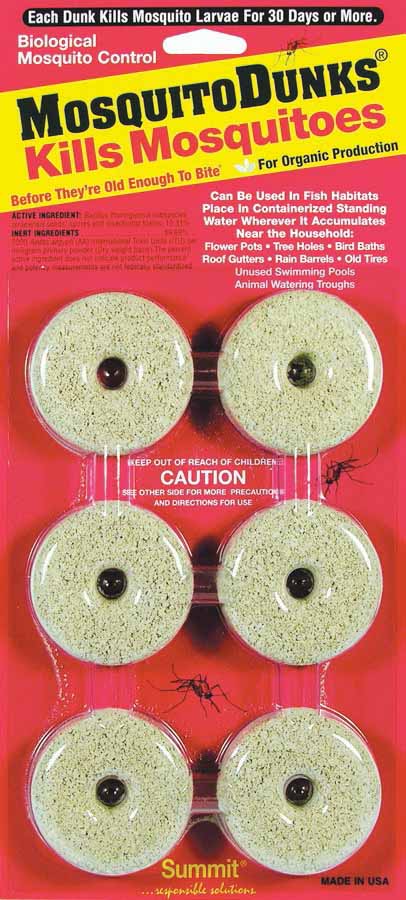They bite and cause all sorts of disease so what can you do to prevent problems? This man in Arkansas “Bitten by Bugs: man becomes  part of scary WNV statistic”. I’m amazed constantly about people wanting to ban all pesticides, we just need to be cautious and use them in a manner consistent to their labeling.
part of scary WNV statistic”. I’m amazed constantly about people wanting to ban all pesticides, we just need to be cautious and use them in a manner consistent to their labeling.
Here in Arizona I see issues with ticks, bed bugs, assassin bugs and mosquitoes, so what can we do for mosquitoes?
- Be Aware of stagnant pools in your area.
- If the water doesn’t move it can get mosquitoes, so check areas like flower vases or drainage areas.
- Shut your doors and screen your windows.
- If you have areas that dry out but occasionally fill with water and it is difficult to treat, use mosquito dunks – the only product with BTI, a bacteria toxic only to mosquito larvae, that lasts 30 days and treats 100 square feet of surface water. The best time to treat for msoquitoes is when they are the water.
- Where repellent when outside and/or dress accordingly.


